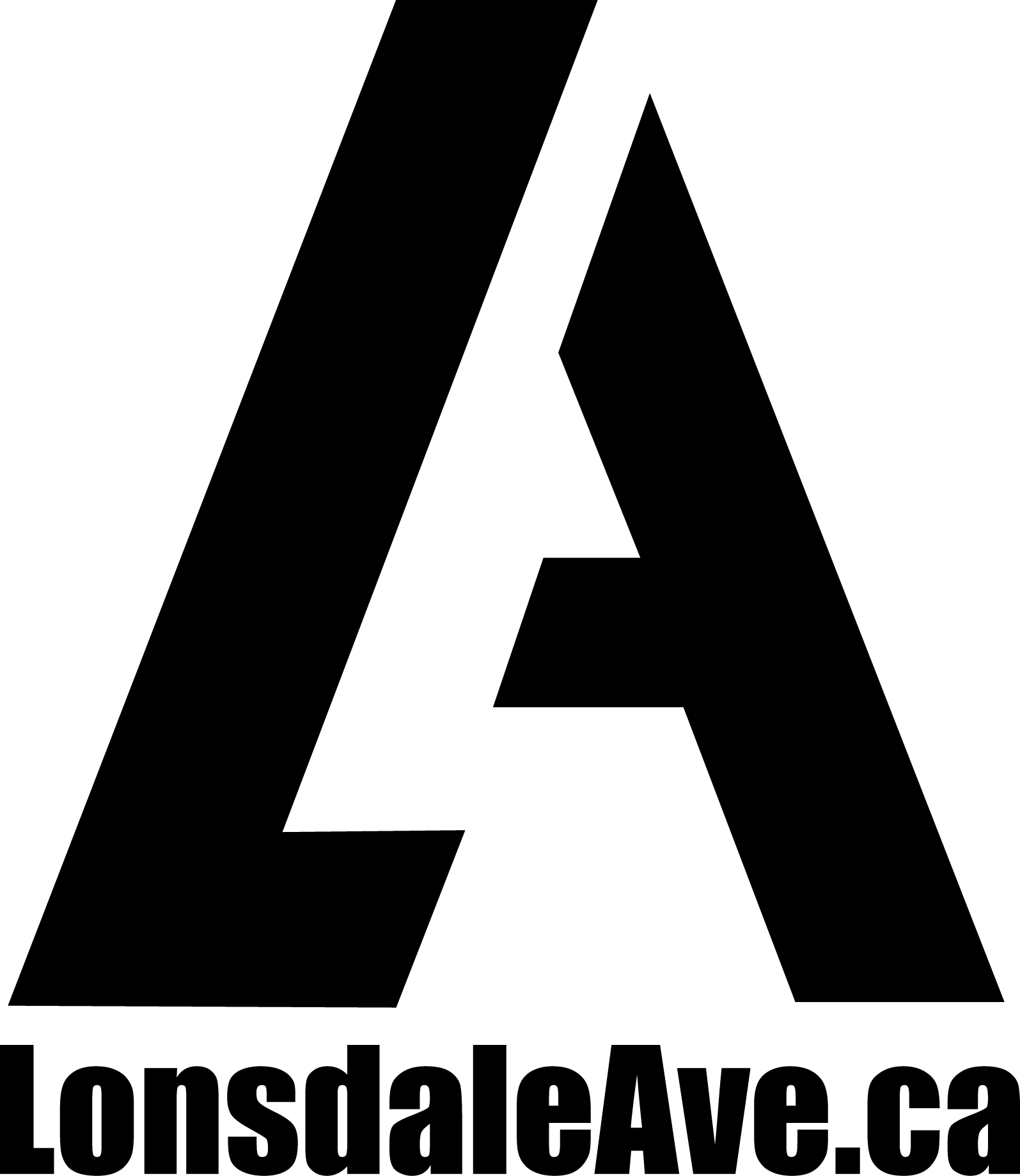Living in Metro Vancouver, the Lower Mainland, Fraser Valley, and the South Coast of British Columbia presents significant financial challenges. With sky-high housing costs, rising expenses for goods and services, and the increasing pressure of debt, many people feel trapped by bills. However, it’s crucial to recognize that you are not powerless in these situations. Solutions like consumer proposals and bankruptcy exist to help you take control of your finances, restructure your debt, and start fresh. This post will explore these options, explaining the differences, and why you should never feel emotionally burdened by money or financial obligations.
Money as a Tool, Not an Emotional Anchor
Money is simply a means of exchange. It’s a tool we use to access housing, food, and other necessities, but it shouldn’t dictate our emotional state. When bills pile up or debts seem insurmountable, it’s common to feel stressed or anxious. However, it’s important to remember that creditors are protected. Financial institutions such as banks and credit card companies have safeguards in place, such as insurance policies, to cover defaults. They won’t suffer significant losses if you’re unable to meet your financial obligations. Instead, they will continue to function and profit in other ways.
In the current economic climate of Metro Vancouver, where housing costs rank among the highest in Canada, it’s easy to feel overwhelmed by monthly bills and mounting debt. However, it’s important to take a step back and assess your situation objectively. Money is fluid—constantly printed and circulated—and financial setbacks are part of life. They don’t define your worth. By understanding and utilizing the financial tools available, you can reshape your situation and move forward.
The Difference Between Consumer Proposals and Bankruptcy
If you find yourself struggling with debt, two primary options for debt relief in Canada are consumer proposals and bankruptcy. These are legal mechanisms designed to help individuals regain control over their financial situation, but they have distinct differences. Understanding these can help you make an informed decision based on your specific circumstances.
Consumer Proposal
A consumer proposal is a formal agreement negotiated between you and your creditors, facilitated by a Licensed Insolvency Trustee (LIT). It allows you to repay a portion of your unsecured debts over a maximum of five years, without the risk of losing assets. Key features include:
- Asset Retention: You keep your assets, such as your home or car, while paying back a portion of your debt.
- Interest-Free Payments: Once the proposal is accepted, creditors stop charging interest on the outstanding debt.
- Flexible Payment Terms: Payments are based on what you can afford, allowing for more manageable monthly installments.
- Credit Impact: While the proposal is in effect, it is noted on your credit report with an R7 rating, which remains for three years after completion.
This option is typically suited for individuals who want to avoid bankruptcy but still need relief from overwhelming debt. It’s a good alternative if you can repay a portion of your debt but require protection from creditors’ demands and collection actions.
Bankruptcy
Bankruptcy is a more extreme solution and involves the liquidation of some of your assets in order to discharge your debt. It’s often considered a last resort for individuals who are unable to repay their debts even with a reduced payment plan. Key features include:
- Asset Liquidation: Certain non-exempt assets (based on provincial rules) may be sold to repay your creditors.
- Discharge of Debt: After filing for bankruptcy, most of your debts are fully discharged, typically after 9 to 21 months for a first-time filer.
- Credit Impact: Bankruptcy results in an R9 rating on your credit report, which stays for six to seven years after discharge (longer for repeat bankruptcies).
- Surplus Income Payments: If your income exceeds a certain threshold, you may need to make additional payments to your creditors during the bankruptcy period.
Bankruptcy is a faster process than a consumer proposal but has a more significant long-term impact on your credit score and financial future. It’s generally recommended for those with severe debt levels and limited capacity to repay any portion of it.
High Cost of Living in Metro Vancouver
The economic realities of Metro Vancouver, the Lower Mainland, and other surrounding areas are daunting. The region consistently ranks as one of the most expensive places to live in Canada, with rent, mortgages, and everyday living costs on a steady rise. For many, commuting into the city for work, high rent costs, and reliance on credit become everyday struggles. However, it’s essential to recognize that you’re not trapped by these circumstances. You have options.
One of the advantages of today’s world is the ability to work remotely. With services like Starlink, which provides high-speed satellite internet across rural British Columbia, you are no longer tied to living in expensive urban centers. Many people are discovering the financial and personal benefits of moving to more affordable areas, like the Fraser Valley, Vancouver Island, or the interior of BC, while maintaining stable, remote jobs.
By reassessing where you live, how you work, and what financial obligations are truly necessary, you can create more financial breathing room. Just as you can restructure your debt with a consumer proposal or bankruptcy, you can restructure your lifestyle to better suit your financial needs.
Why You Should Never Feel Trapped by Bills
One of the most harmful effects of debt is the sense of emotional and psychological entrapment it can create. The pressure to meet every financial obligation can become overwhelming, but it’s essential to remember that you have control. Whether through a consumer proposal or bankruptcy, you can take proactive steps to eliminate debt and regain your freedom.
Financial institutions are structured to handle debt defaults, and they often make provisions to recover their funds through insurance or other mechanisms. Your inability to pay doesn’t mean the system will collapse—it means you’re going through a difficult period that the system is designed to support you through. You are not your debt. And debt is not an insurmountable obstacle.
Take Control of Your Financial Future
Living in Metro Vancouver and its surrounding regions can be financially challenging, but it’s important to know that you are not trapped by your bills or your financial obligations. Whether through a consumer proposal or, in more severe cases, bankruptcy, you can take charge of your debt and reset your financial future. These legal mechanisms are not admissions of failure but opportunities to restart and remove the emotional weight of debt.
At the same time, consider the power you have over your lifestyle choices. If work and technology allow, moving to a more affordable region outside the city can offer financial relief. Remote work and lower living costs can provide a balance that helps you avoid financial strain in the first place.
Remember, money is a tool—one that should serve you, not control you. By taking advantage of the resources and options available, you can free yourself from the burden of debt and move forward with a fresh start.
Resource Links
Sands and Associates
Chase and Associates
Royal Bank of Canada
BDO Debt Solutions
MNP Debt Solutions
Credit Counselling Society
Justice Laws Website
Gov of Canada – Consumer Proposals
Gov of Canada – Bankruptcy


